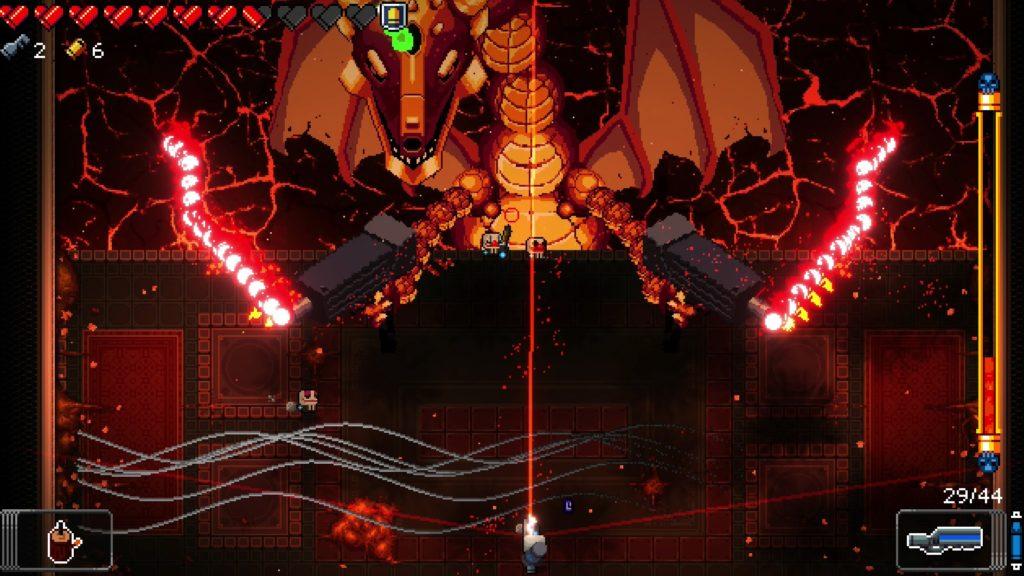I chose to play Cards Against Humanity (CAH), which is similar to our game, Conspiracy, in that both are judgment games. CAH is a 18+ game made for college students, young adults, and adults—particularly those with a taste for dark humor, satire, and absurdity—created by high school friends Max Temkin, Josh Dillon, Daniel Dranove, Eli Halpern, Ben Hantoot, David Munk, David Pinsof, and Eliot Weinstein. As a card game, it comprises two kinds of cards—black cards, which contain a question or fill-in-the-blank prompt, and white cards, which contain answer options. Each round, players have 10 white cards to choose from. The judge draws a black card, the rest of the players submit their best answer to its prompt, and then the judge chooses the funniest or their favorite answer. The judge role is then passed on and a new round begins.
CAH and Conspiracy are fundamentally similar in structure: both ask players to compete against one another for the approval of a judge figure. This means that they both fall under the game psychology category of achievement, in which there is a clear distinction between winners and losers each round. However, these two games differ in that CAH asks the judge to perform a more surface-level assessment of multiple options to pick one superior answer, whereas Conspiracy asks the judge to assess two storylines that become more fleshed out as the round goes on. This difference is made clear through the mechanisms themselves: whereas CAH only has two simple types of cards, black prompt cards and white answer cards, Conspiracy has subject, object, and action cards that can be used as the basis of a conspiracy as well as evidence that can be used to buttress said conspiracy or refute it. This means that the dynamics of CAH, which involve playing out a card and seeing how it compares with others’, are much simpler than the dynamics of Conspiracy, in which evidence can “stack” on top of existing evidence or conspiracy cards to create a more believable story. Moreover, the resulting game aesthetics are also different: whereas CAH is a game about expression (choose the answer you think is funniest, and see how everyone’s thought processes differ), Conspiracy is more a game of narrative (how can you build on and develop a particular storyline?) and fellowship (who, if anyone, will you choose to team up with and support?). Perhaps the greatest difference between the two games is the improv element, which, in Conspiracy, increases the number of interactions between players by encouraging them to discuss one another’s theories, interrogate one another, and decide who to side with. This increased number of interactions—that is, the greater proximity between—encourages development of friendships via eventual similarity (similarity of theories) and reciprocity (support for one another within a common theory).
CAH enjoys the benefit of being nearly infinitely permutable—of course, the options might not literally be endless, but they often appear so due to the sheer number of card combinations that are possible. Even when a particular card becomes familiar, players may choose to play them in fresh, exciting ways to keep the interest alive (for example, the card “assassinating the president” was played in two different ways: in a gleeful, unabashed response to “___: once you pop, the fun don’t stop!” and in an ironic, mocking response to “Just saw this upsetting video! Please share!! #stop___”). CAH also exhibits clever, effective design in the way that it allows players to drive the comedy (in our gameplay, we noticed that it wasn’t just the players who were driving the comedy—it was the judge, too). This quality is similarly found in Conspiracy, which relies on players’ improv and storytelling abilities to create an element of humor. However, Conspiracy lacks the simplicity of CAH that makes it so accessible—with a greater number of card types, it can often get confusing what cards can be played in which scenarios. Conspiracy might therefore benefit from simplification in this respect. CAH is also a game whose humor is reliant on shock value, vulgarity, and absurdity. This is a strength in that it is often a powerful tool for spotlighting irony and satire (e.g. “Forget everything you know about [white people], because now we’ve supercharged it with [power]” is a satirical political statement). However, the immediate value of NSFW, politically incorrect content runs the risk of becoming less impactful over time. In this respect, Conspiracy possesses a depth that CAH lacks: it relies more heavily on the strategy and skill of individual players rather than the cards themselves, and its humor leans more subversive or edgy, reliant on niche knowledge and interesting narratives than on the simple combination of two ideas. CAH might thus be improved by incorporating more sophisticated combination techniques—allowing players to combine prompts, for example, or asking players to “back up” their answer to one prompt by answering a second.



